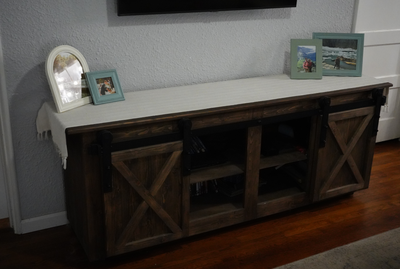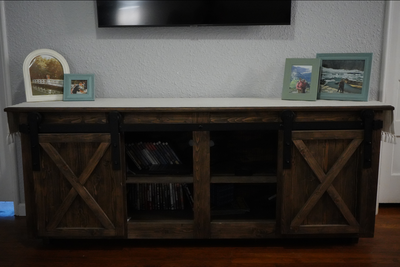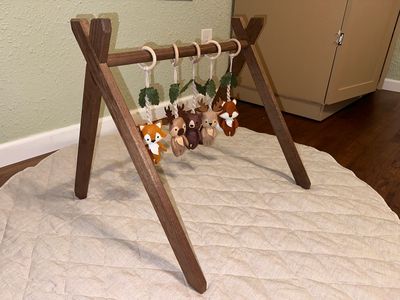Tekton is proud to build furniture that will last generations: the way it “used to be built”
We build custom furniture using age old technology: mechanical wood joinery. It may sound daunting, but rest assured that your furniture will hold strong for decades to come. We build this way because we care about providing value to your home, to your family. We’ve been tired of being ripped off by cheap furniture you buy at a box store, and know so many others that are as well. My dresser has fallen apart, my wifes matching dresser is on the brink, and it’s taken me over the rational edge.
It’s time for a change in the furniture business, and Tekton is doing it’s level best to turn out pieces you’ll cherish forever. From design to delivery, we work with you to craft a piece you’ll be proud to have on display in your home. Tekton isn’t a furniture store or factory - this is custom. This is for you. From the strongest joinery to high quality hardware, your Tekton furniture won’t be something you’re looking to trade.
A laymans guide to mechanical wood joinery
- Mechanical Joinery
- Mortise & Tenons
- Dovetails
- Half-laps
- Bridal Joints
Mechanical Joinery
Mechanical joinery references what are typically male and female joints in wood working. Instead of using screws and nails to put a project together, we join the wood in a fashion similar to legos. The increased strength gives more surface area for wood glue, interlocks the wood, and creates a much stronger joint than you would get with nails or screws. These methods are “the old fashioned way”.
Mortise and Tenon
Mortise and tenons are your Toyota pickups of the woodworking world. If done correctly, you’ll never see them, but they’ll last forever. These joints really are as simple as putting a square peg in a square hole. If only they were that easy to create… they are!
I use a Leigh FMT Pro jig, which utilizes a router and some templates to route perfect mortise and tenons. You get the simplicity of the strongest joints at a fraction of the cost, because it’s so much more efficient. That’s a good deal for you!
Dovetail-details
If the mortise and tenon is a 90’s toyota pickup, the dovetail would be something like a ‘65 mustang. When they’re done right, they’re beautiful. Dovetails create one of the strongest corner joints there are, due to the large glue surface area that they create. There are tons of different dovetails: through dovetails, half blind dovetails, mitered dovetails, sliding dovetails, etc. You get the point, right? Dovetails last forever, and that’s why they’ve always been a staple of nice furniture. Of course, there are joints that work in place of a dovetail, but it’s kind of like buying a lab grown diamond - “well, yes its molecular makeup is a real daimond, but…”.
We use dovetail joints in projects for 2 reasons. The first is the strength. The second is the look. Dovetails are a hallmark sign of a good project that will last.
Dovetails are a staple in our shop, and similar to the Leigh FMT Pro jig for mortise and tenons, we use the Leigh D4R Pro Dovetail jig to cut regular and sliding dovetails. Thanks to the jig, every joint that can have them will have them, at as low a cost to the customer as possible.
The half-lap
Think of a half lap as a firm hand shake. Really, that’s what it is. Half laps are strong due to their large glue surface. We use half lap joinery to add interesting details to projects, since they’re visible. While a mortise and tenon may be stronger in some areas, it may not quite fit the vibe of the furniture that you’re shooting for. After all, building the most utilitarian project ever doesn’t mean anything if it’s ugly.
The Bridal Joint
The half-lap is the handshake, and this is the awkard handshake where they bring their other hand onto the back of yours. Bridal joints are generally very visually appealing, and add big interest points to your project. They’re strong and versital, and are used widely among wood workers.




